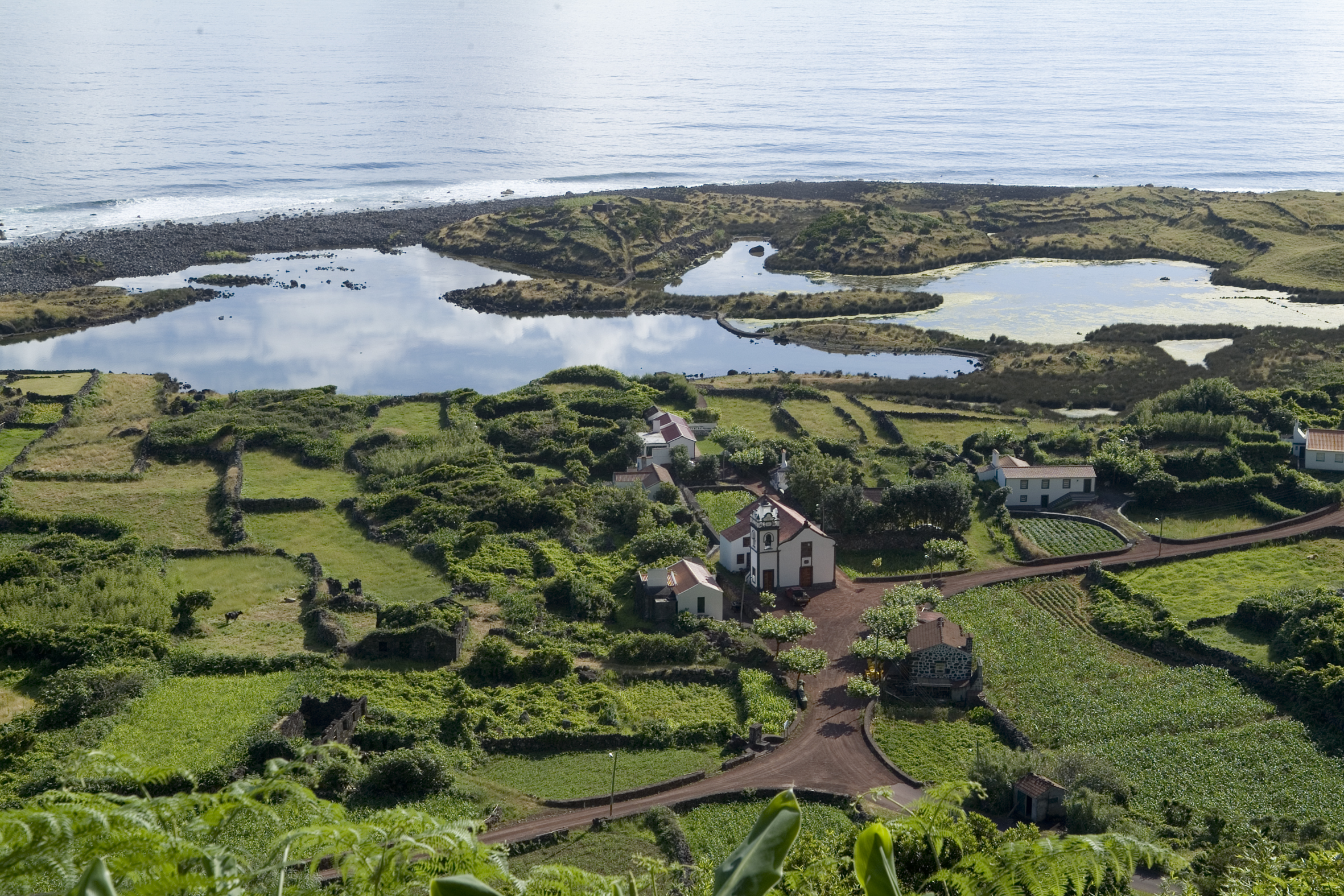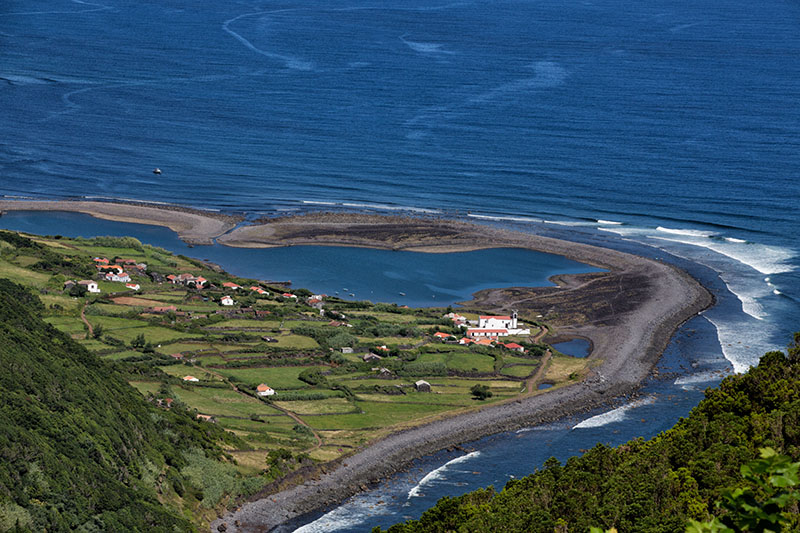

The Fajãs are the main ex-libris of the Jorgense landscape and, since 2016, have been part of the restricted list of UNESCO World Biosphere Reserves, having also been distinguished with an honorable mention in the 2020 National Landscape Prize, in the context of the 3rd Conference National Architecture and Landscape.
The Fajãs de São Jorge Biosphere Reserve has a total area of 98,114.17 ha, corresponding to the entire land area of the island of São Jorge and a surrounding marine area, whose outer limit is 3 miles from the coastline.
The island of São Jorge has an extensive coastline, as a result of its elongated configuration and the mountainous appearance is mainly due to the steep cliffs, mainly on the north coast, which makes the landscape more abrupt.
Alongside the enclosed valleys, there are others that do not even reach sea level, remaining suspended at the top of the cliff, giving rise to magnificent waterfalls.

Flat surfaces occasionally appear on the coast, called fajãs (sloping fajãs and lava fajãs) which constitute a distinguishing characteristic of the island, due to the balanced relationship between man and nature and the unique experiences, landscapes and biodiversity.
The customs associated with the fajãs, unique in the Azores, have been consolidated over the years, resulting in a cultural specificity that remains to this day.


